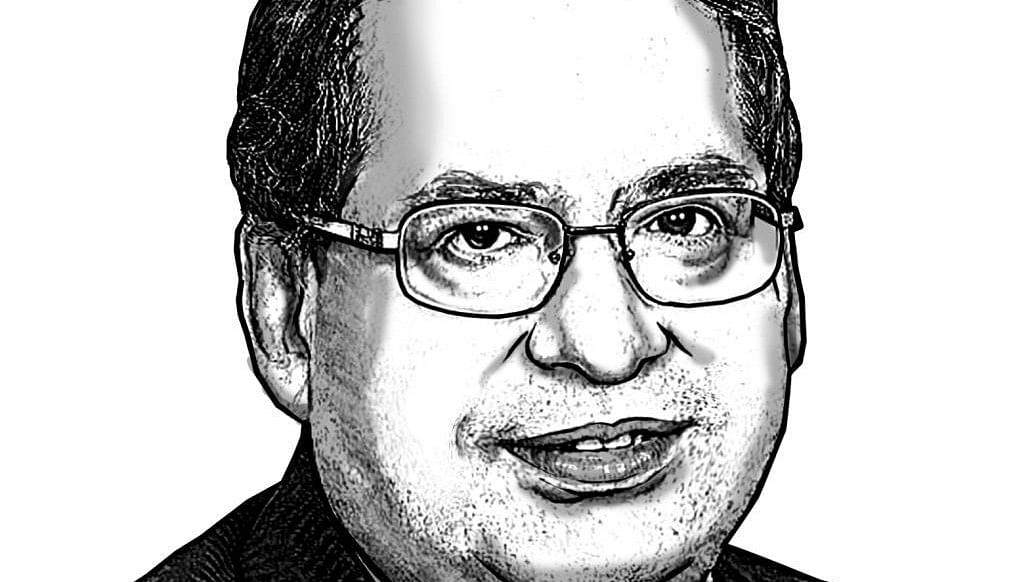
TCA Ranganathan, the former chairman of the Export Import Bank of India is a banker with a theory of everything.
A clarion call has been issued to prepare a roadmap to make India a developed country by 2047. We are currently the fifth-largest economy and will soon be third-largest as we are growing faster than competitors, if evaluated by GDP numbers. This call, however, makes a different demand. It posits a shift in the thought focus of our highest policymakers away from the traditional importance attached to mere GDP numbers to a more qualitative evaluation of societal needs. This is thus an opportune time to revisit the Indian unemployment problem and the consequent employment debate.
Traditional wisdom espouses that employment problems in India mainly stem from the fact that its manufacturing sector has not delivered. It has created only 56.8 million jobs, as against 149.6 million (19.5% of share) jobs in China. In employment shares, Indian Manufacturing created 12.1% of jobs in 2019, up from 11.8% in 2005, but lower than the 19.5% Chinese share. Most discussions relating to employment-creation thus veer towards the need to ‘boost’ Manufacturing via land/labour law/tax/subsidy reforms.
Undoubtedly, both ‘Manufacturing’ and ‘Manufacturing employment’ had demonstrated phenomenal growth in China in the wake of Deng Xiaoping’s reforms of the 1980s. This not only made China the pre-eminent manufacturer of the world, but also the creator of several tens of millions of Manufacturing jobs, affirming the view that strengthening Manufacturing was the best way to create jobs.
However, the actual nature of Deng’s reforms is not usually discussed. Also, what is often overlooked is that concurrently, the computational power revolution (Moore’s ‘Law’ roughly stated, ‘Computational power will double every 18 months’) was also taking place. This not only spawned the internet/social media but also resulted in a rapid growth in the use of automation and robotic technologies. This started impacting the labour intensities of Manufacturing.
The initial pace was sedate. The tempo has, however, increased significantly in present times. The ILO datasets of global employment patterns indicate that globally, the relative importance of Manufacturing as a pre-eminent source of employment has witnessed a secular decline. In 2005, the global manufacturing employment share was 14.6%, but fell to 13.7% in 2019. Initially, the US/EU took the lead in the use of automated technologies but nowadays, the automation momentum is equally strong in the emerging market world. This is best depicted in China. In 2005, Chinese ‘Manufacturing employment’ share was 19.6%. It rose to 22.4% by 2010 and thereafter fell to 21.7% in 2015 and 19.5% in 2019.
The absolute changes in manpower requirement in Manufacturing is also revealing. Manufacturing labour requirement increased until 2010, when it reached a peak of 170 million. Subsequently, however, it fell to 166.7 million by 2015 and to 149.6 million by 2019. While such sharp falls have not so far been witnessed in India (an absolute growth of 6.9 million happened till 2019), the compulsions to secure productivity and automation growth will sooner than later become equally strong here. The requirement to create a globally competitive manufacturing system versus the need to create jobs commensurate with our demographic dividend thus ought to be separated in our thought-processes. We have to find a reliable route for creating an adequate number of dignified jobs in an economically sustainable manner.
Further, the three most important sectoral employment groups, outside Manufacturing for India are Agriculture (42.6%), Construction (12%) and Wholesale trade/repair and maintenance (10.4%), aggregating 65% of all our jobs. In China, these sectors account for a lower share of 47.4% (with Agriculture at 25.3%) and 35.3 % in Brazil (9.1% in Agriculture). In the US, these sectors account for 34.6% of all jobs (Agriculture is below 2%). European countries like the UK (7%) and Germany (9.2%) have even lower dependence on these sectors.
Interestingly, on an inter-temporal basis, the shares of these three sectors are seen to reduce over time, within all countries. We thus need to budget for the likelihood that viable jobs in these sectors may also reduce alongside Manufacturing employment in India in the coming years. Alternative ways forward will need to be developed. The question is: What do we need to promote?
If we examine the list of globally prominent employment sectors experiencing a rise in share over time, the picture which emerges is that of job numbers in Education, Health, and Public Administration showing strong growth everywhere. This job-creation is mostly policy induced. India had an aggregate share of 6.8% in 2019, up from 5.3% in 2005. China and Brazil show higher shares of 12.8% and 17.5%, respectively. They add up to 26.9% for Germany, 27.4% for the US, 29.5% for Canada, and 30.5% for the UK.
If we look at the concept of a developed society from this lens, our roadmap will also need to facilitate such a movement. This, then, raises the question: how can we afford this pattern of employment, given that we are a fiscally-starved economy whose tax-to-GDP ratio refuses to rise above 12% despite herculean attempts at tax/currency reform?
We need to ask how other countries, including China, have better ratios. An aspect common between China and the US/UK/EU etc., is that they all have higher urbanisation indices and considerable decentralisation of economic management. Significant financial and governance autonomy is allowed even to cities. Deng’s reforms had basically been an attempt to incorporate Western best practices into the Chinese governance model. We may also need to examine how to do the same in our governance model.